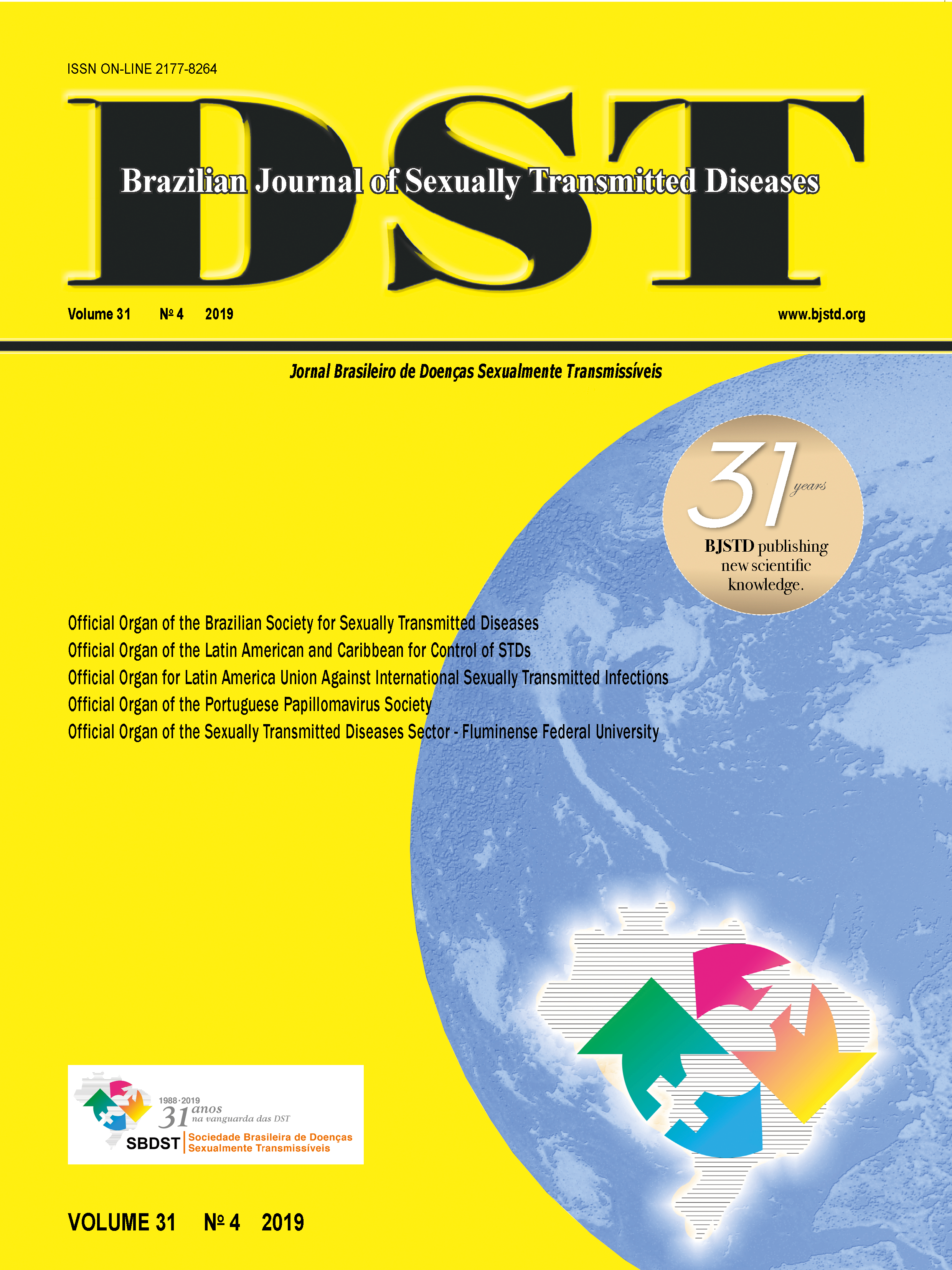Current scenario of biomarkers in cervical cancer and oncogenesis by HPV
Abstract
Cervical cancer (CC) is related to HPV infection and represents the third cause of cancer in women. Annually, more than 500,000 new cases are reported worldwide, with significant death rates. It develops due to genetic and epigenetic alterations that control cell growth and differentiation, and may cause death. These alterations induce uncontrolled cell division and invasion of cervical tissue have severe consequences to women’s health(1). CC incidence and mortality drop considerably since the implementation of screening tests and vaccination strategies. Nevertheless, CC continues to have a high incidence, mainly in low-income countries, where these programs do not cover territorial frontiers and there is lack of resources to implement vaccination or screening tests. Oncogenic HPV types reached 25% of cases in Brazil over the last years(2), and there was no modification on HPV types after four years of the vaccination program, according to Tota et al.(3). Usually, screening tests in Brazil cover women from 25 to 64 years old. According to Teixeira et al.(4), rates of CC under the age of 25 tend to increase, and women over 64 achieved roughly 20% of CC on research of Brazilian women from two high-income cities. [...]












